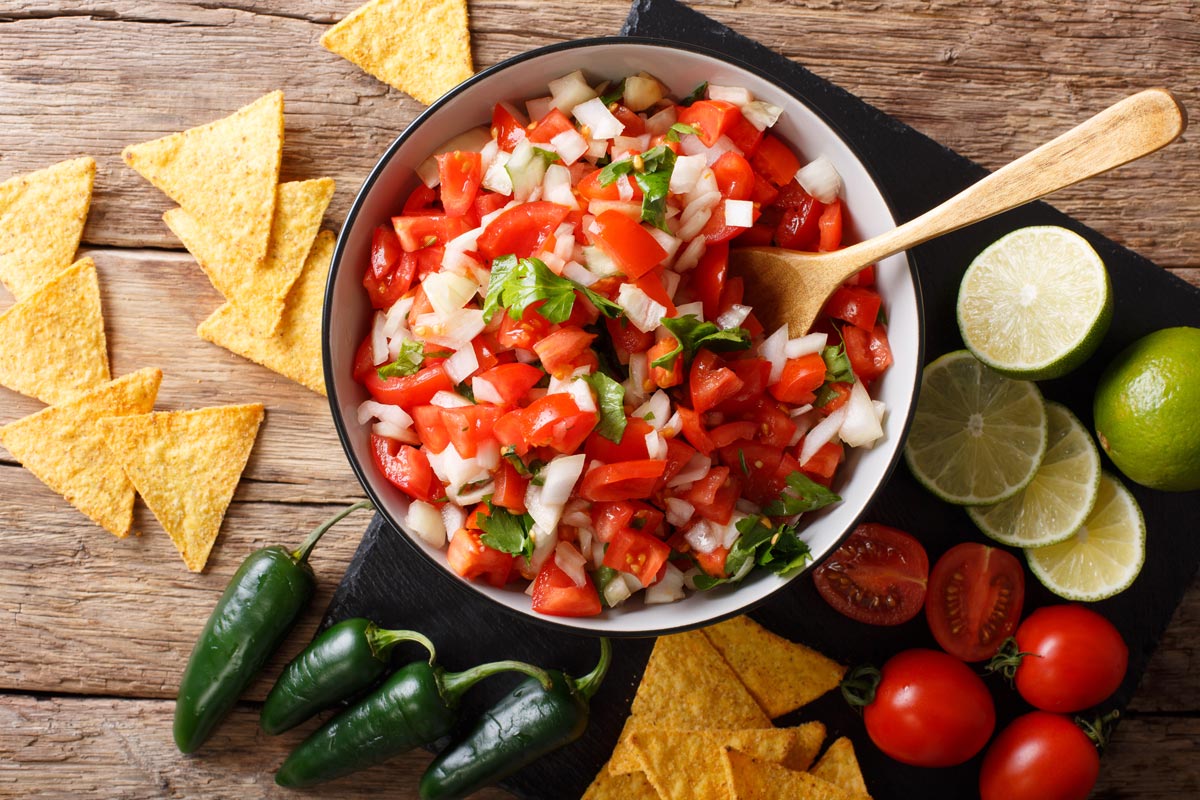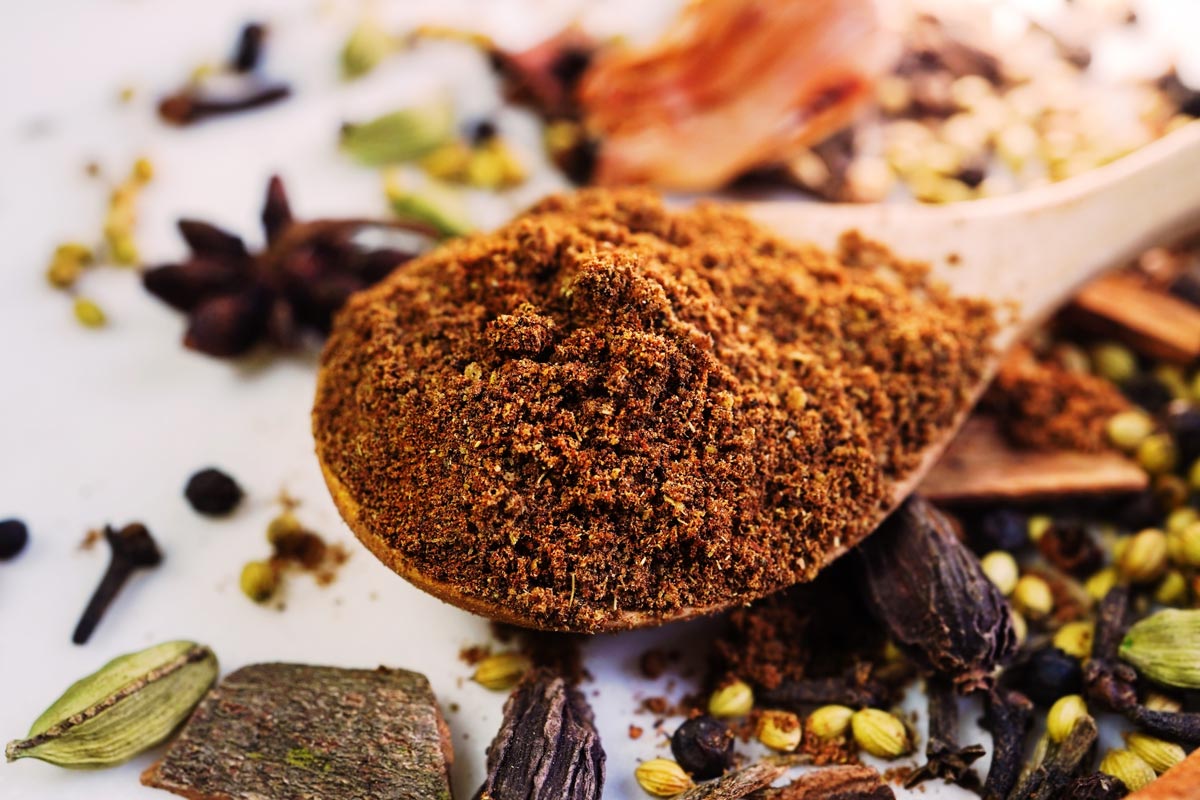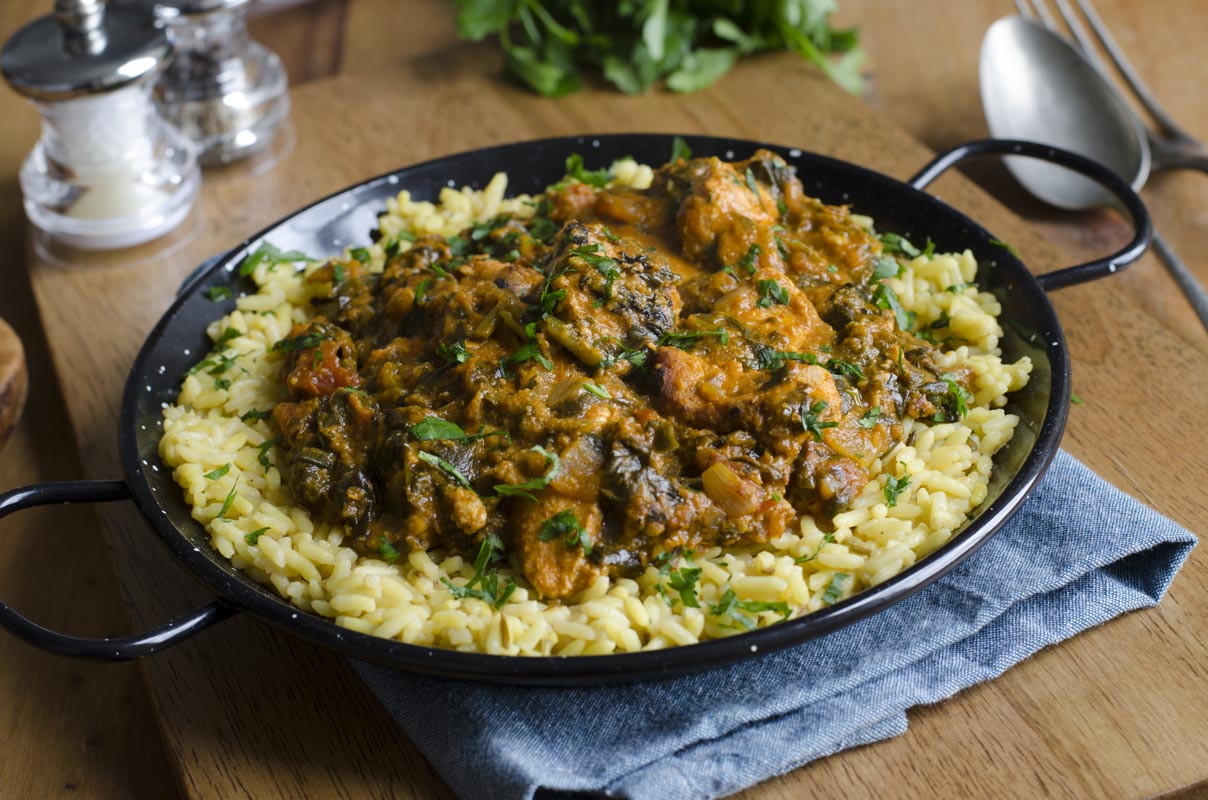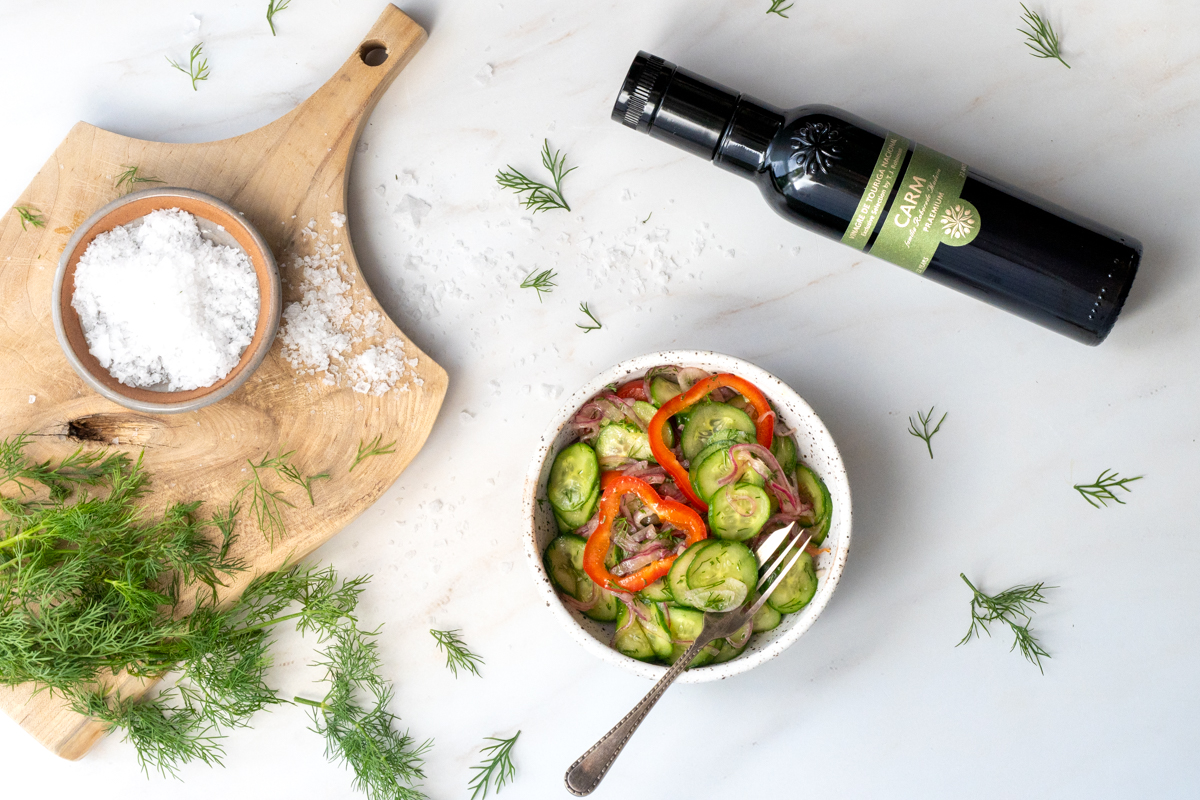I love this Mexican condiment for its bold flavors and easy prep—no machines needed, just a good sharp knife to dice the main ingredients. Besides being a delicious dip for chips and veggies, it’s a great condiment for grilled chicken and fish for your next Taco Tuesday.
Ingredients
- 2 garlic cloves
- 2 large fresh tomatoes or 6 canned Roma tomatoes
- 1 medium onion
- 1 jalapeño or other chile pepper
- 1/2 cup chopped cilantro (leaves and some stems)
- 1 teaspoon cumin seeds, toasted and ground
- Juice of 1/2 lime
- Freshly ground black pepper
- Coarse sea salt
- Black Lime
Directions
Mince the garlic and set aside. Dice the tomatoes and onion. Wearing gloves to keep the powerful oils off your skin, slice the jalapeño in half lengthwise and use a small spoon to scrape out the ribs and seeds, and then cut it into a small dice. Place the vegetables in a large bowl along with the garlic and cilantro, and toss well. Fold in the cumin and lime juice. Taste, add a few twists of the black peppercorn grinder and a sprinkle of the salt, and taste again, adding more salt and pepper as desired. Let the flavors meld at room temperature for 30 minutes and then refrigerate until serving. Just before serving, top with a sprinkle of black lime.
Yields about 2 cups




